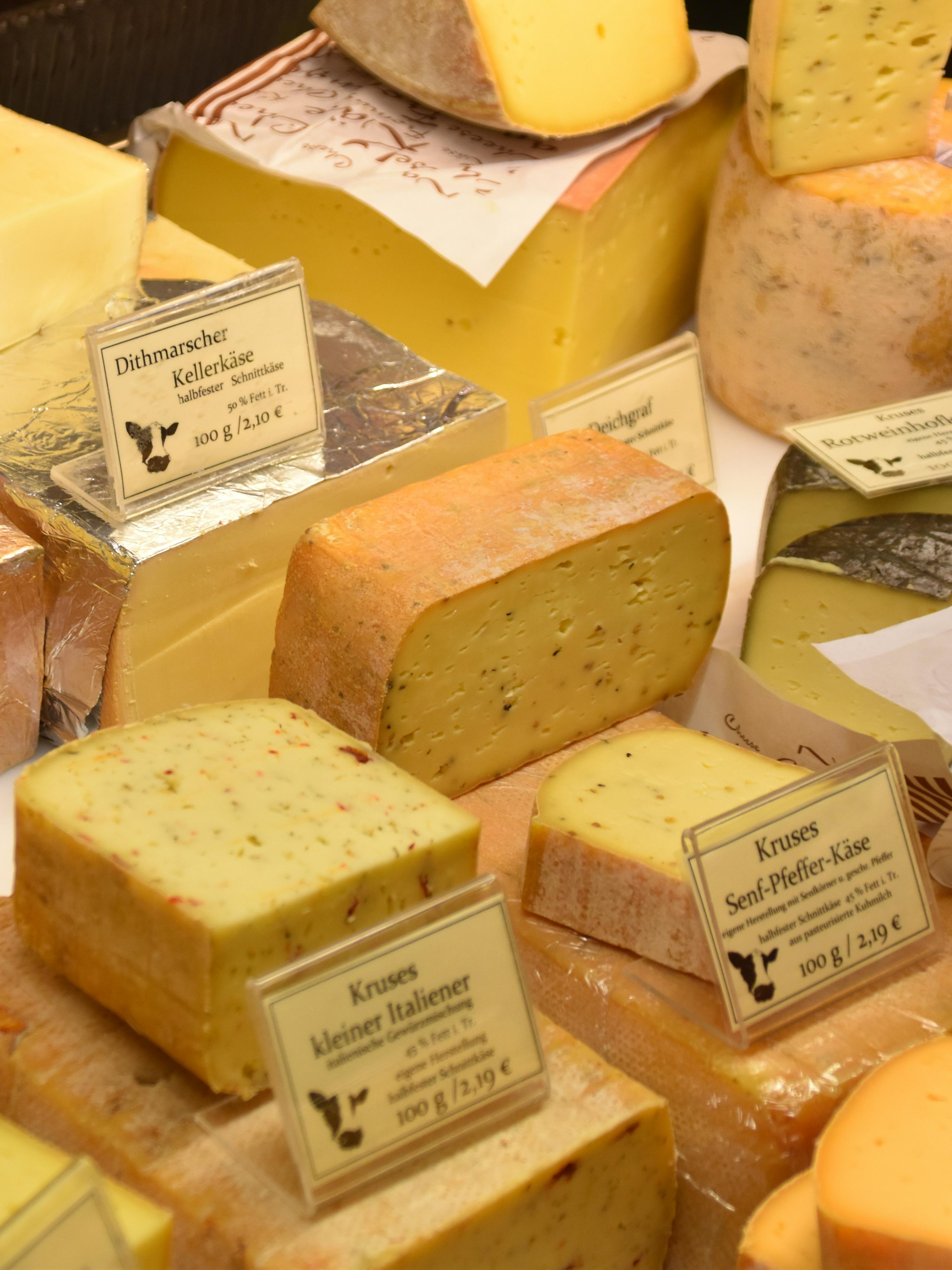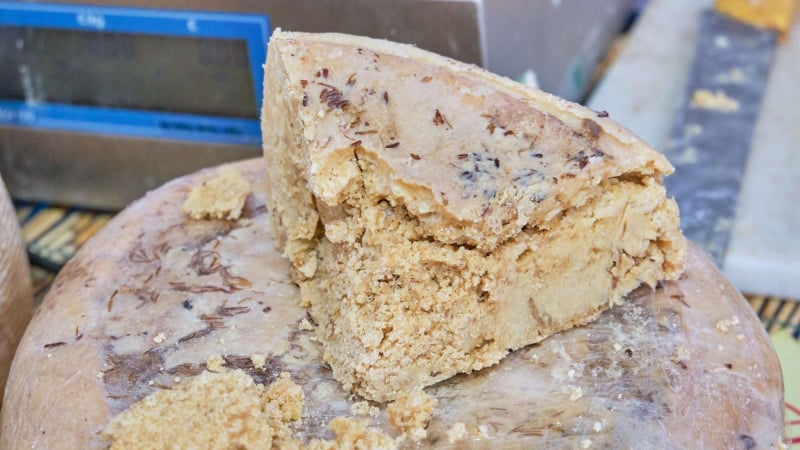Asian country stands out in cheese production
Cheese is believed to have existed for about 8,000 to 10,000 years. According to the National Historic Cheesemaking Center in the United States, there is no specific time period marking the birth of cheese, but traces of it have appeared in ancient Greek literature and Egyptian wall paintings. Over the millennia, cheese has become an indispensable part of the cuisine of many Western civilizations.
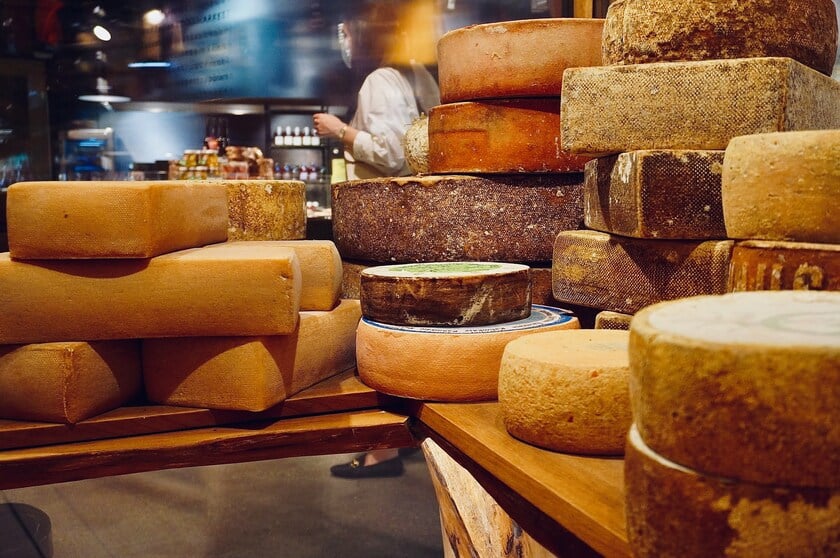
Over the millennia, cheese has become an indispensable part of the cuisine of many Western civilizations.
However, until now, there is still much debate about which country has the strongest love for cheese. It seems that this will only be a discussion between Western countries - where this food was born and developed most strongly, with familiar names such as Italy, America, France or Belgium, but a country from the other side of the hemisphere has jumped into the game. Thailand is gradually creating a highlight on the world culinary map thanks to the production of impressive handmade cheeses.
In fact, according to a 2023 study published in the journal Plos One, up to 98.6% of the Thai population is found to be deficient in the enzyme lactase (an enzyme that helps break down lactose - a sugar found in milk and dairy products), making it difficult for them to digest lactose, or even intolerant. This may sound like an unlikely food for the Thai people, but for Jarutat Snidwongse Na Ayuthaya - founder of the Jartisann cheese brand in Chiang Mai, this was a predestined opportunity.
The solution to the problem of lactose intolerance
Due to this biological characteristic, Thailand is not a large consumer of milk. According to a 2021 report by the Brazilian Embassy in Bangkok, the average Thai person consumes only about 18 liters of milk per year, while the figure in the US in 2023 is 56.78 liters. But that is not the only factor.
Thailand’s hot, humid climate and heavy rainfall are not suited to large-scale livestock farming, which is essential for the development of a dairy industry. In addition, traditional Thai cuisine is influenced by cultures such as India, Portugal, China and Malay, which favor ingredients such as coconut milk and fish sauce for richness and flavor instead of milk. Throughout history, rural communities in Thailand have raised livestock primarily for meat or farming purposes rather than for milk.
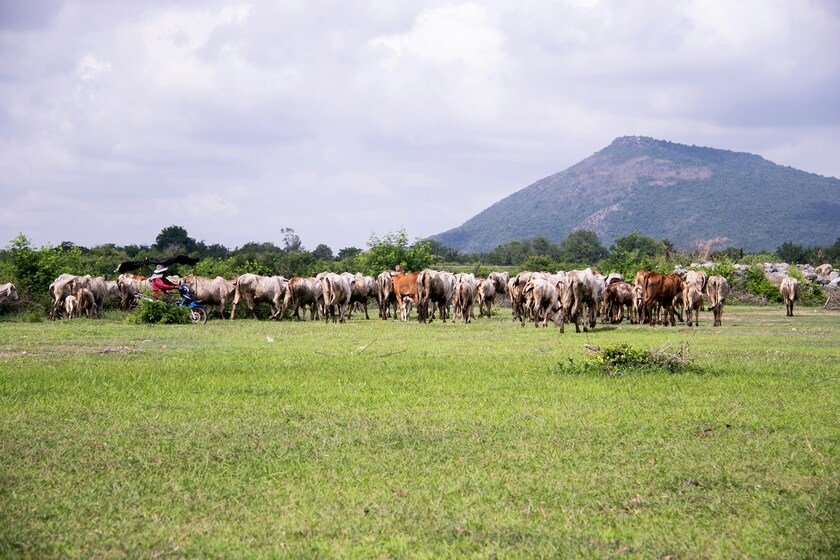
Thailand's hot, humid climate and heavy rainfall are not suitable for large-scale livestock farming.
However, since the mid-2000s, Thailand has seen a significant change in its livestock and dairy industry. Over the past 15 years, the number of dairy animals in the country has increased dramatically, largely due to government policies to encourage milk consumption to improve nutritional standards for children. In addition, growing demand from the expatriate community has also contributed to the market.
On the other hand, lactose intolerance does not mean that Thai people have to give up dairy products completely. For cheese, many traditional cheeses that have low lactose content due to natural fermentation such as cheddar, Swiss or blue cheese are suitable choices for them. During the production of these cheeses, beneficial enzymes and bacteria will help break down most of the lactose, and after a long aging period, the remaining lactose content is almost negligible.
From the above reasoning, Jarutat Snidwongse Na Ayuthaya concluded that the core problem is not whether or not to eat cheese, but to choose the right type of cheese that suits each person's taste and digestive ability. Therefore, his solution to the problem is Jartisann's blue cheese.
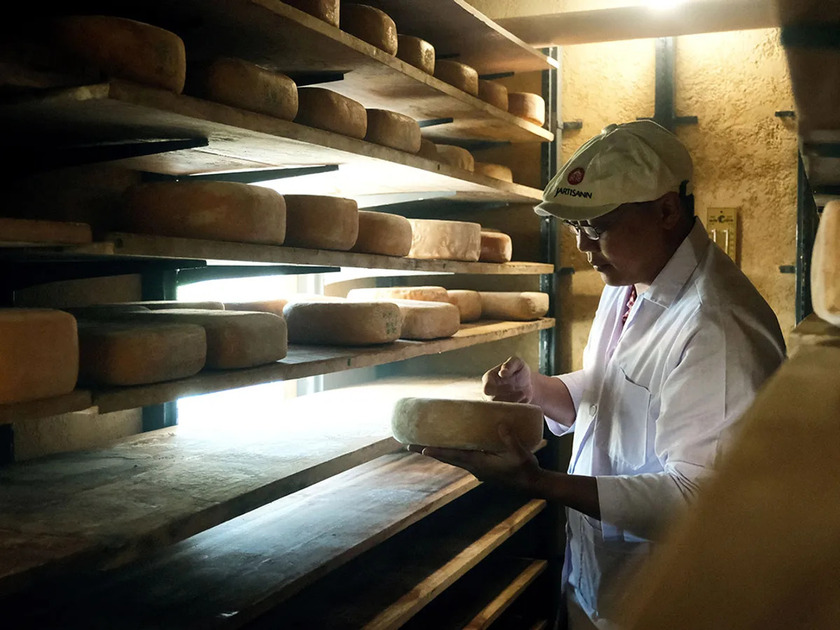
Jartisann produces cheeses that are suitable for the Thai people's constitution.
Not only Jartisann, more and more artisan cheese makers in Thailand are experimenting with different types of milk, unique strains of bacteria and traditional cheese-making methods, aiming to create cheeses that suit the characteristics of the people of this country. Thanks to that, Thailand has become a special highlight in the world of cheese, attracting many gourmets from all over to come here to experience.
Tourism demand and international influence
With millions of visitors from Europe, the US and Australia flocking to Thailand every year, Thailand is one of the world’s most attractive tourist destinations. In 2025, Thailand aims to welcome 36 to 39 million international visitors, surpassing the record 35 million visitors in 2024. This target is becoming more promising as Thailand continues to appear on the global tourism map thanks to major events such as the third season of the TV series “The White Lotus”, MotoGP races, SEA Games, and a series of famous festivals such as the Songkran New Year Water Festival.
Despite experiencing the unique cuisine of Thailand, many Western tourists still seek out familiar dishes such as pizza covered in cheese. Currently, many international hotels and high-end restaurants in Bangkok, Phuket or Koh Samui are continuously collaborating with local cheese producers, bringing diners Western dishes with Thai culinary flavors.

Many restaurants in Thailand partner with cheese producers to create traditional dishes featuring cheese.
Thai Cheese Makers Worth Trying
If you're looking to explore Thai cheese, here are some standout brands that offer a mix of familiar flavors and unique innovations:
Jartisann
Known as the “king of cheese” in Thailand, Jartisann produces a wide range of cheeses that are instantly recognizable to cheese lovers. However, the star of their collection is San Paquanburie, a soft, creamy cow’s cheese reminiscent of Brie, with a light, floral finish.
Little Goat Farm
In addition to popular cheeses, the brand also has unique creations such as Pyea – a soft cheese coated with a mixture of safflower leaves, flower tea, lotus pollen and lavender, creating a very special taste experience.
DoFann Cheese
This is a great option for those who are lactose intolerant, as their goat cheese has much lower lactose content than cow cheese. In particular, DoFann's shredded goat cheese is perfect for sprinkling on salads, pasta, or even Asian dishes.
Murrah Farm
Buffalo Cheese – a lesser known but not to be missed cheese. Murrah Farm has been producing cheese from organic buffalo milk since 2003. Their highlight is Mozzarella, which is not only perfect on pizza but can also be fried with wonton wraps for a rich, delicious snack.

Diners can visit the markets to find handmade cheeses in Thailand.
If you set foot in Thailand, it is not difficult to find the opportunity to enjoy the original cheese of this country. To experience the famous cheeses produced in Thailand, diners can visit night markets, supermarkets, hotels and high-class restaurants across the country. With the combination of rich culinary culture, increasing tourism demand and the constant development of the artisanal cheese industry, Thailand is gradually asserting its position on the world cheese map - something that few people could have expected before.





